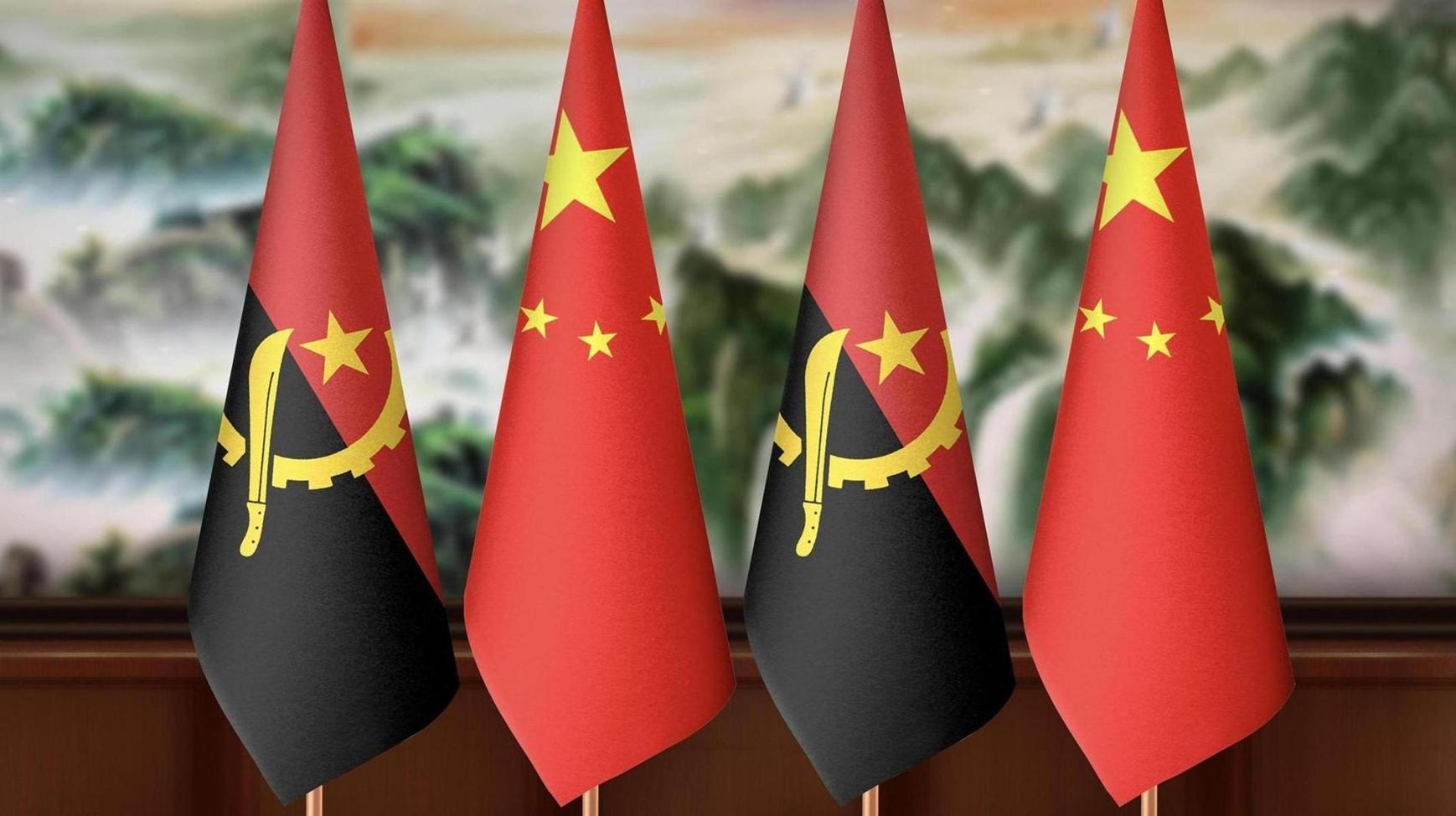Africa-Press – Angola. Angola continues to sustainably honor its debt payments to China as part of its national reconstruction process. Data from the Ministry of Finance indicate a reduction in debt from $10 billion to $8 billion over the past two years, according to data released Tuesday by the Public Debt Management Unit.
Dorivaldo Teixeira, who was speaking at the presentation of the Annual Debt Plan (BPAE) balance sheet for the first half of 2025, said that the Angolan government has been reducing its debt with China, especially that collateralized with oil (loan in which oil is used as a guarantee or collateral for payment of the financing).
“Two years ago we had around ten billion dollars (8.4 billion euros), currently at the end of the first half of the year we are at around 8.9 billion dollars (7.5 billion euros), our perspective is that probably by the end of the year this debt will be on the threshold of 7.5 billion dollars (6.3 billion euros)”, he said.
In the first half of 2025, Angolan government debt reached US$61.9 billion, of which US$16.7 billion (€14.1 billion) was domestic debt and US$45.2 billion (€38.3 billion) was external debt.
Regarding the external debt service, Dorivaldo Teixeira stressed that execution is within the parameters, currently at the threshold of five billion dollars (4.2 billion euros) “in line with what is planned”.
The official emphasized that, given the level of economic uncertainty, Angola’s ability to access external financing, which is primarily used to cover the implementation of already funded projects, has been limited. “To implement the General State Budget, we have been relying primarily on domestic financing,” he emphasized.
From the point of view of external debt, there has been a continuous decline, a space that has been taken up mostly by internal debt, 99% of which is at a fixed rate, added Dorivaldo Teixeira.
“The need for us to use more internal debt to meet the financing needs of the State’s activities is also a goal from the point of view of the medium and long-term strategy. We intend to create conditions so that the Angolan State can finance itself more internally than externally, [but] we will always need external debt,” he said.
According to Dorivaldo Teixeira, the debt stock has been falling annually by $2 billion (€1.6 billion) since 2022. Given the volatility of oil prices, the Angolan state always adopts “a cautious stance,” Dorivaldo Teixeira said, adding that oil price behavior has been monitored and scenarios designed to allow for a response, with spending essentially rational.
According to the official, in a context of greater uncertainty, Angola has been honoring its responsibilities, noting that the country’s international reserves have increased from $14 billion to $15.5 billion, with debt decreasing.
“It’s a context of uncertainty that limits capital allocation for investors, but we believe there are positive signs for us,” he emphasized, noting that the perception of risk associated with Angola is closely linked to the price of oil.
Regarding the Eurobond market, Angola has a maturity date of approximately US$864 million (€733.4 million) in November, a challenge that the state is “creating the conditions” to address. Dorivaldo Teixeira said the figures are encouraging, but require vigilance, because Angolan debt contains risk elements, “for example, very high exposure to foreign currency.”
angola24
For More News And Analysis About Angola Follow Africa-Press






